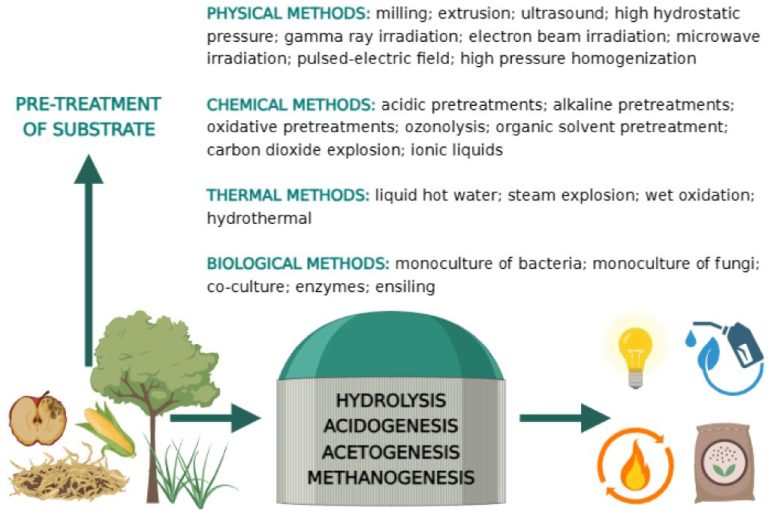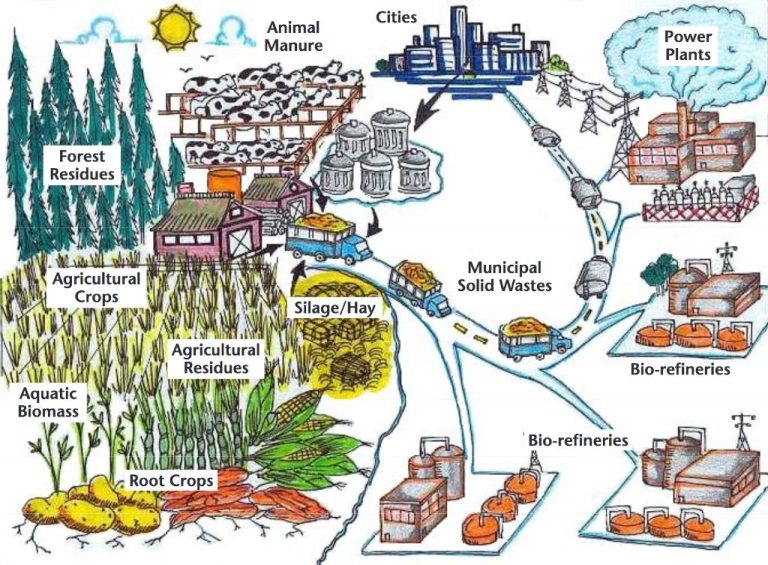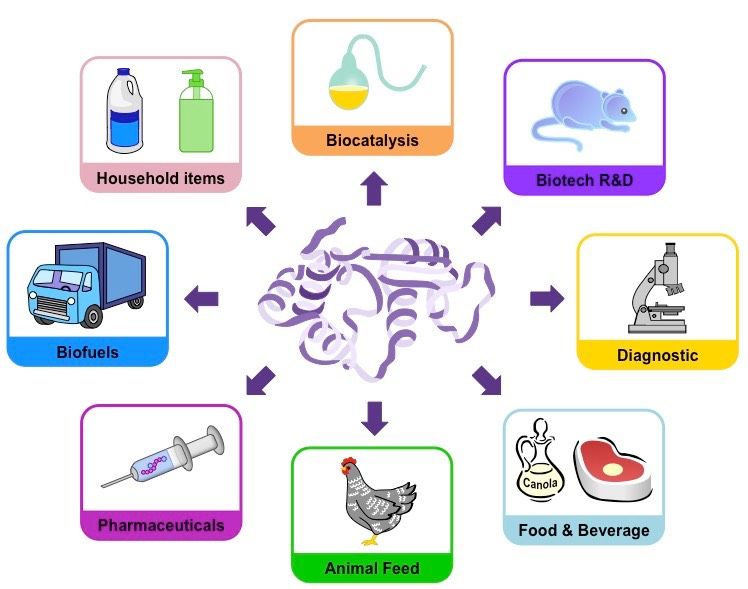What Are 3 Uses Of Exothermic Reactions?
An exothermic reaction is a chemical reaction that releases energy in the form of heat. Exothermic reactions involve the conversion of energy stored in chemical bonds into thermal energy or heat. As the reaction proceeds, energy is transferred from the chemical system to the surroundings, resulting in an increase in temperature.
Some common examples of exothermic reactions include:
- Combustion reactions – the burning of fuels like wood, coal, or natural gas
- Oxidation reactions – rusting of iron, corrosion, food spoilage
- Decomposition reactions – food digestion, breakdown of hydrogen peroxide
- Neutralization reactions – mixing acids and bases
In each of these exothermic processes, heat is given off as new chemical bonds are formed and energy is released. This contrasts with endothermic reactions, which absorb heat from the surroundings as they proceed. Exothermic reactions play important roles throughout nature, industry, and daily life by providing a source of usable thermal energy.
Hand Warmers
Hand warmers are a great example of using exothermic reactions to generate heat conveniently. Many hand warmers contain iron powder, activated charcoal, water, and salts. When the packet is exposed to air, the iron powder undergoes an oxidation reaction with oxygen. This reaction generates heat, which can keep hands warm while skiing, hiking, or doing other cold weather activities.
The chemical reaction that takes place is iron oxidation. Iron reacts with oxygen to form iron oxide, giving off heat in the process. This is an exothermic reaction, meaning it releases energy in the form of thermal heat. The ingredients are designed to react slowly when exposed to air, providing up to 10 hours of gentle warmth before becoming depleted.
Hand warmers offer a portable, convenient way to harness an exothermic chemical reaction for practical use. The self-heating packets only require exposure to air to provide warmth on demand, making them ideal for outdoor activities and emergency situations when access to heat is limited. Exothermic reactions power these simple yet effective devices for generating usable heat on-the-go.
Use 2 – Self-Heating Food Packaging
Self-heating food packaging utilizes exothermic reactions to heat food contents without requiring an external heat source. This technology is often used in ready-to-eat Meals Ready to Eat (MREs) for military personnel and certain canned goods. The heating effect is typically achieved through oxidation reactions involving magnesium metal. The food package contains a small pouch of magnesium powder separated from water. When the pouch is punctured, the magnesium rapidly reacts with water to produce magnesium hydroxide and release heat. This heat is transferred to the food, allowing it to be heated up to a palatable temperature within minutes. The portability and ease of activating these self-heating packages allows food to be conveniently prepared in remote areas or situations where heating appliances are unavailable. The magnesium-based exothermic reaction provides a reliable built-in heat source while avoiding the need for electricity, fires, or other external energy inputs.
Use 3 – Chemical Cold Packs
Chemical cold packs utilize an exothermic reaction to produce a cooling effect. They contain a sealed inner pouch of water and a crystallized form of ammonium nitrate. When the cold pack is activated by breaking the inner pouch, the ammonium nitrate dissolves in the water in an endothermic process that absorbs heat. This endothermic dissolution causes the temperature inside the pack to decrease significantly, creating a useful cooling effect.
The ammonium nitrate dissolution is an example of an endothermic process, which absorbs heat. This makes chemical cold packs useful for providing portable cooling for medical applications like treating sprains, bruises, and inflammation. The cold temperature can help constrict blood vessels and reduce swelling and pain. Overall, the exothermic dissolution of ammonium nitrate allows chemical cold packs to provide effective cooling through a simple self-contained chemical reaction.
Use 4 – Thermite Reactions
Thermite reactions produce extremely high temperatures through very exothermic chemical reactions between aluminum and metal oxides. When aluminum powder is combined with metal oxides such as iron oxide, copper oxide, or chromium oxide and ignited, it undergoes an exothermic oxidation-reduction reaction.
The products of the reaction are aluminum oxide, elemental metal, and a large amount of heat. The amount of heat generated can reach temperatures over 2,500°C. This makes thermite reactions useful for welding applications. Railroad workers use thermite reactions to weld together pieces of railway tracks. The reaction is started with an ignition charge to produce the required high temperatures to melt steel.
In addition to welding, thermite reactions have military applications. The high temperatures can be used in incendiary weapons. Thermite grenades and bombs can burn through metal. Thermite reactions are also used in explosive charges and devices to provide the ignition needed to initiate an explosion. Overall, the extreme heat produced by thermite reactions makes them incredibly useful, albeit dangerous high-temperature chemical processes.
Use 5 – Hot Packs
One common application of exothermic reactions is in reusable hot packs. These hot packs contain a supersaturated solution of sodium acetate. This sodium acetate solution is a liquid at room temperature, but when a crystallization trigger is introduced, the sodium acetate rapidly crystallizes into a solid. This crystallization process releases a large amount of heat, rapidly warming up the hot pack.
The hot packs are reusable – to reset the pack, it just needs to be boiled to melt the sodium acetate back into a supersaturated liquid solution. Once cooled, the crystallization process can be triggered again to produce heat.
Reusable hot packs utilizing sodium acetate exothermic crystallization have a variety of uses. They are commonly used for soothing sore muscles or keeping hands warm in cold weather. The packs provide safe, controllable heat that lasts for a period of time, making them useful for many applications.
Use 6 – Commercial Explosives
Commercial explosives are a very important application of exothermic reactions. The rapid and powerful release of energy that occurs when explosives decompose makes them incredibly useful for mining, demolition, and in weapons.
Many common explosives like TNT, dynamite, and gunpowder undergo fast exothermic decomposition reactions when initiated by heat, shock, or detonation. This decomposition reaction breaks down the molecules in the explosive material and releases a huge amount of energy in the form of heat and gas expansion.
For example, when TNT detonates, the molecules rapidly break down into smaller molecules like carbon dioxide, water vapor, and nitrogen gas. This decomposition process converts solid TNT into hot expanding gases in a fraction of a second, creating a powerful blast wave.
Dynamite and gunpowder function through similar exothermic decomposition reactions. The key is that the decomposition of the explosive material is extremely exothermic, so that a tremendous amount of heat and gas expansion is generated rapidly.
This rapid energy release makes explosives vital for mining and demolition tasks where rock or concrete needs to be blasted apart. The decomposition energy can also be directed to propel bullets or shells from weapons. Overall, the exothermic reactions in explosives are a critical industrial and military application.
Use 7 – Rocket Propellants
Rocket propellants produce thrust by undergoing rapid exothermic reactions that generate large volumes of hot gases. The high-pressure gases produced expand quickly out of the engine nozzle, creating the thrust needed to propel the rocket. The most common rocket fuels rely on exothermic chemical reactions between a fuel and an oxidizer:
Solid rocket propellants – These consist of a fuel and oxidizer mixed together into a solid homogeneous mixture. When ignited, the fuel and oxidizer react exothermically, producing hot gases that escape the combustion chamber at high speed. Common solid propellants include mixtures like ammonium perchlorate composite propellant (APCP) or hydroxyl-terminated polybutadiene (HTPB).
Liquid rocket propellants – These store the fuel and oxidizer separately as liquids that are sprayed into the combustion chamber. Upon mixing, the liquids undergo rapid exothermic reactions, heating up into gases almost instantly. The most well-known liquid propellant combination is cryogenic liquid hydrogen and liquid oxygen, used to power the Space Shuttle’s main engines.
In both solid and liquid systems, the exothermic chemical reaction produces extremely hot, high-pressure gases that provide thrust as they expand out of the nozzle. The ability to release so much chemical energy so quickly makes exothermic rocket propellants ideal for generating the massive controlled thrust needed for launching rockets.
Use 8 – Fireworks
One of the most spectacular uses of exothermic reactions is in fireworks. The bright colors and loud sounds that make fireworks so exciting are produced by exothermic chemical reactions.
Fireworks utilize redox reactions, where a reducing agent fuels the decomposition of an oxidizing agent, as well as decomposition reactions, where compounds break down into simpler substances. These reactions release large amounts of heat, light, gas, and sound.
Some common examples of chemicals used in fireworks include gunpowder, magnesium, and aluminum. When ignited, these compounds react vigorously, releasing tremendous energy in the form of heat, light, and sound.
The colors come from the light emitted as excited electron states relax and fall back down to ground states. For example, strontium and copper compounds emit red light, while barium produces green and sodium yields yellow. The variety of chemicals used allows fireworks makers to produce any color of the rainbow.
So the next time you enjoy a fireworks display, you can marvel at the clever application of exothermic chemical reactions to produce a visually stunning show.
Conclusion
In this article, we have explored some of the main everyday uses of exothermic chemical reactions. From hand warmers to fireworks, many useful products rely on the heat-releasing properties of certain chemical processes.
Exothermic reactions provide us with convenient ways to produce heat when and where we need it. Self-heating food packaging, hot packs for sore muscles, and chemical cold packs for injuries all utilize exothermic reactions to either generate or absorb heat. Explosives, propellants, thermite welding, and pyrotechnics like fireworks also depend on exothermic reactions to rapidly release large amounts of energy in the form of heat.
These examples demonstrate the importance of exothermic chemical processes in many aspects of daily life. Any chemical reaction that yields a net release of energy in the form of heat has the potential for a variety of applications. Chemists continue researching new exothermic reactions and improving existing ones to meet the needs of consumers and industries.







